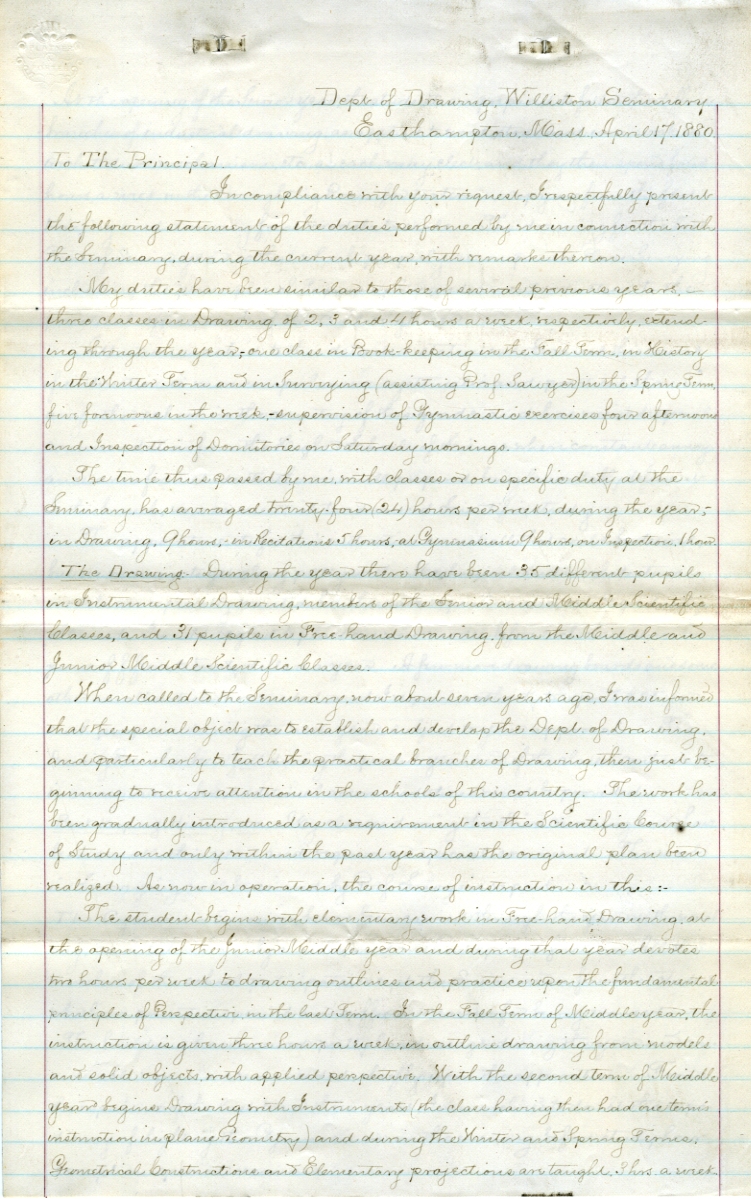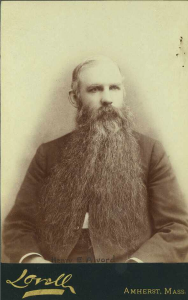
In 1868 he became Inspector General of the Indian Territory District (now Oklahoma), serving until 1869 when, by order of President Andrew Johnson, he was appointed Professor of Military Science and Tactics at Massachusetts Agricultural College (now UMass) in Amherst. In 1871 he resigned from the Army and joined the U.S. Department of the Interior as a civilian Commissioner of Indian Affairs, eventually serving as Special Commissioner to the Sioux of Dacotah and Wyoming.
Then, for reasons unknown, he set his hand to other things. In 1873 he was elected Professor of Drawing and Commercial Business at Williston Seminary, where he would remain until 1881. (As shall be seen in the document below, he acquired other responsibilities.) Most of his students were enrolled in the scientific, as opposed to the classical, department (for a look at the different curricula, see the last third of the article “Entrance Exam.”) “Commercial Business” primarily entailed bookkeeping and business math. Students of drawing largely focused on mechanical drawing and drafting, but Alvord insisted that his program begin with an intensive study of freehand drawing.
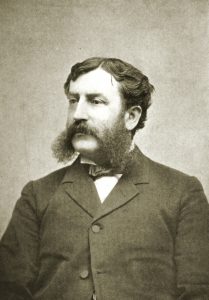
In the spring of 1880 Principal Joseph W. Fairbanks, then completing his second year at the helm, asked Alvord, and probably all the faculty, to present status reports. Whether this had been regular practice in the past is uncertain; few such statements from earlier years have come to light. Fairbanks’ self-destructive predecessor, James Whiton, hadn’t lasted long enough to poll his faculty, nor would it have been in his character. And by his own account Marshall Henshaw, who preceded Whiton and had hired Alvord, quarreled with him. So it is likely that Alvord was pleased to have been asked, possibly for the first time. In any case, he responded with a detailed letter whose scope extended beyond the confines of Alvord’s assigned duties. The document provides wonderful insight not only into faculty workloads and responsibilities at the time, but also addresses wear and tear on the buildings, student behavior, and much more. (The first page of Alvord’s manuscript is reproduced here, followed by a transcription of the entire document.)
Department of Drawing, Williston Seminary
Easthampton, Mass, April 17, 1880
To the Principal.
In compliance with your request, I respectfully present the following statement of the duties performed by me in connection with the Seminary, during the current year, with remarks thereon.
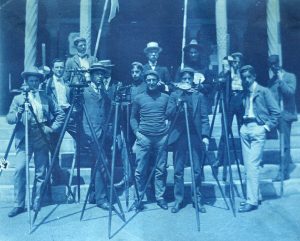
My duties have been similar to those of previous years — three classes in Drawing of 2, 3, and 4 hours a week, respectively, extending through the year; one class in Book-keeping in the Fall Term, in history in the Winter Term and in Surveying (assisting Prof. Sawyer) in the Spring Term, five forenoons in the week; supervision of Gymnastic exercises four afternoons and Inspection of Dormitories on Saturday mornings.
The time thus passed by me with classes or on specific duty at the Seminary has averaged twenty-four (24) hours per week, during the year; in Drawing, 9 hours; in Recitations 5 hours; at Gymnasium 9 hours, on Inspection, 1 hour.
The Drawing: During the year there have been 35 different pupils in Instrumental Drawing, members of the Senior and Middle Scientific Classes, and 31 pupils in Free-hand Drawing, from the Middle and Junior Middle Scientific Classes.
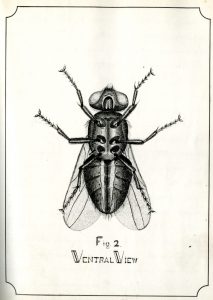
When called to the Seminary, now about seven years ago, I was informed that the special object was to establish and develop the Dept. of Drawing, and particularly to teach the practical branches of Drawing, then just beginning to receive attention in the schools of this country. The work has been gradually introduced as a requirement in the Scientific Course of Study and only within the past year has the original plan been realized. As now in operation, the course of instruction is this:
The student begins with elementary work in Free-hand Drawing at the opening of the Junior Middle year and during that year devotes two hours per week in drawing outlines and practice upon the fundamental principles of Perspective, in the last Term. In the Fall Term of Middle year, the instruction is given three hours a week, in outline drawing from models and solid objects, with applied perspective. With the second term of Middle Year begins Drawing with Instruments (the class having then had one term’s instruction in Plane Geometry) and during the Winter and Spring Terms, Geometrical Constructions and Elementary projections are taught 3 hrs. a week. Continue reading


